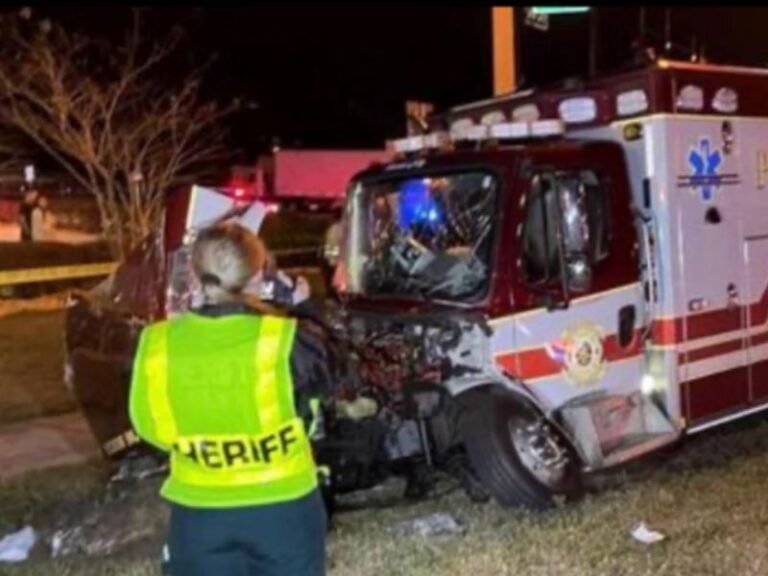Study Finds Rural Women Face Higher Risk of Violence and Fewer Resources for Help
CHARLESTON, S.C. — New research highlights the dangers facing women in rural communities, showing they are more likely to experience violence and less likely to receive help compared to women in urban or suburban areas.
Higher Rates of Violence in Rural Communities
Decades of criminology research shows that male violence against women spans all communities, but rural women report higher rates of physical and sexual abuse.
One Ohio woman recalled her husband threatening her life with a shotgun in the middle of the night. Another survivor said she was tied up and forced to witness abuse before her husband went to prison.
Studies confirm that rural women are also more likely to be killed by current or former partners than women in urban areas.
Why Rural Women Are at Greater Risk
Experts point to several overlapping factors that make abuse more severe and harder to escape in rural areas:
- Geographic isolation that leaves women far from shelters and police help
- Cultural acceptance of violence in some rural communities
- Limited social support systems and stigma around speaking out
- High gun ownership rates, with firearms used in more than half of rural domestic homicides
One woman from Meigs County, Ohio, said her husband disabled all the cars on their property so she couldn’t leave. Another explained that women in her community live by the “see no evil, hear no evil, speak no evil” mindset, suffering in silence.
Barriers to Seeking Help
Social workers often travel long distances to reach rural survivors, sometimes at their own expense. Even when resources are available, community pressures can discourage women from leaving abusive relationships or contacting authorities.
Libraries, however, have emerged as unlikely safe havens. In some rural towns, librarians help survivors discreetly connect with shelters, legal aid, and transportation. But privacy remains a concern in close-knit communities where survivors may be easily overheard.
Policy Solutions and Prevention Strategies
Advocates stress that reducing violence in rural America requires multi-layered solutions, including:
- Expanding shelter and transportation access
- Enforcing gun restrictions for individuals under restraining orders
- Setting up specialized women’s police stations and rural safe houses
- Encouraging men to participate in anti-violence community programs
Some studies also suggest that states with universal background checks for handgun owners see significantly fewer women shot to death by intimate partners.
While progress has been made through laws like the Violence Against Women Act, researchers caution that for many rural women, safety is still a complex and ongoing struggle.
Do you believe South Carolina and other rural states should expand shelters and legal protections for women at risk of violence? Share your perspective with us at SaludaStandard-Sentinel.com.







